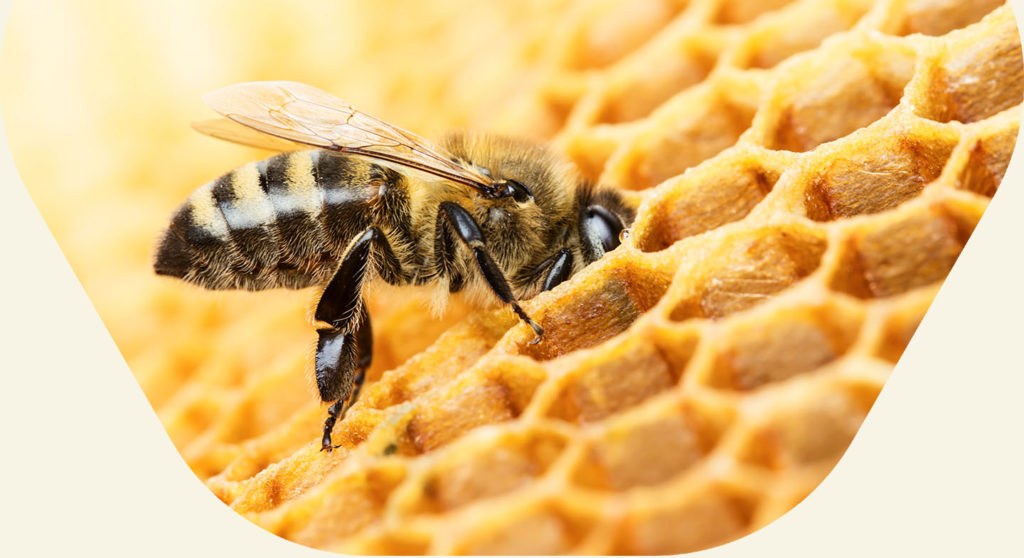Mathieu DOMECQ Editor of the API of the month and the Blog
July is generally a quieter time for beekeepers, with the exception of professionals on transhumance who alternate for example between harvesting lime trees or brambles.
This month, we’ll be looking at the history of bee domestication, including the different breeds and hive designs invented by man. Then we’ll understand the application of smoke to bees.
Have you heard? Man domesticated the bee 8,000 years ago.(https://www.myrmecofourmis.fr/La-premiere-peinture-rupestre-connue-montrant-la-recolte-du-miel)

Tasks of the month
July marks a quieter period in the beekeeping calendar (except for professionals with the transhumance of their hives). With the return of warm weather and the abundant flowering of many plants, the bees move into an active honey production phase. Here’s an overview of the main tasks for beekeepers during this month:
Checking reserves: the bees need to have enough food reserves to support the colony as honey production increases. It may be necessary to top up reserves by feeding the bees if floral resources are insufficient, as deficiency periods often occur between acacia, lime and chestnut trees, depending on the area.
Space management:At this time of year, colonies develop rapidly. Beekeepers need to add supers to their hives to give the bees more space to store honey if there is an abundance of blossom.
Harvesting the honey:If you move your hives, depending on the region and climate, they may be ready to harvest lime and bramble honey.
Finally, it’s also a good time to raise public awareness of the importance of bees as pollinators. Beekeeping enthusiasts like you can organise visits to apiaries or workshops with schools to share their passion and encourage the protection of these vital insects!


